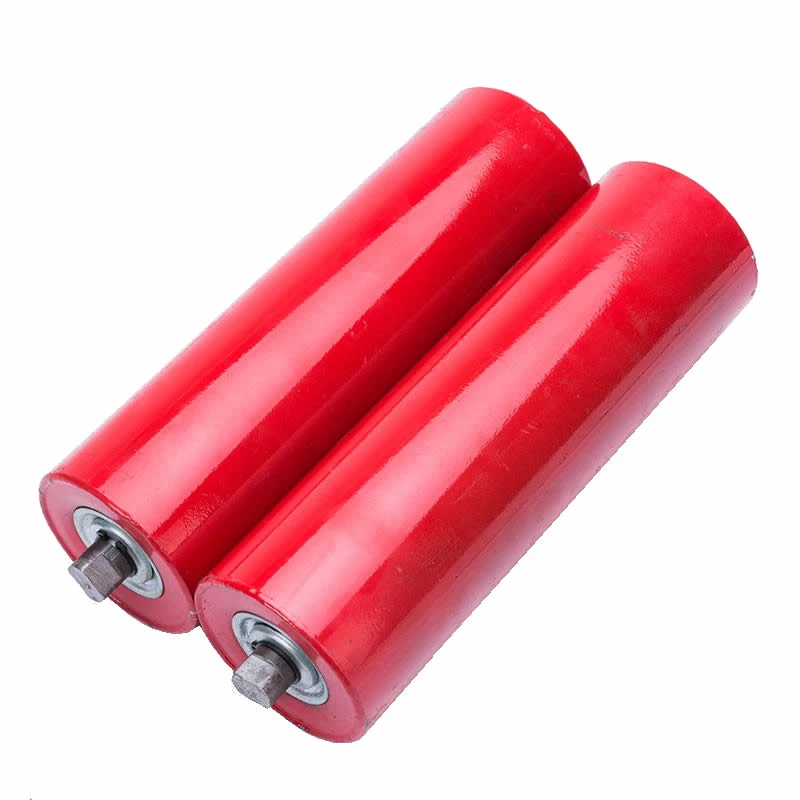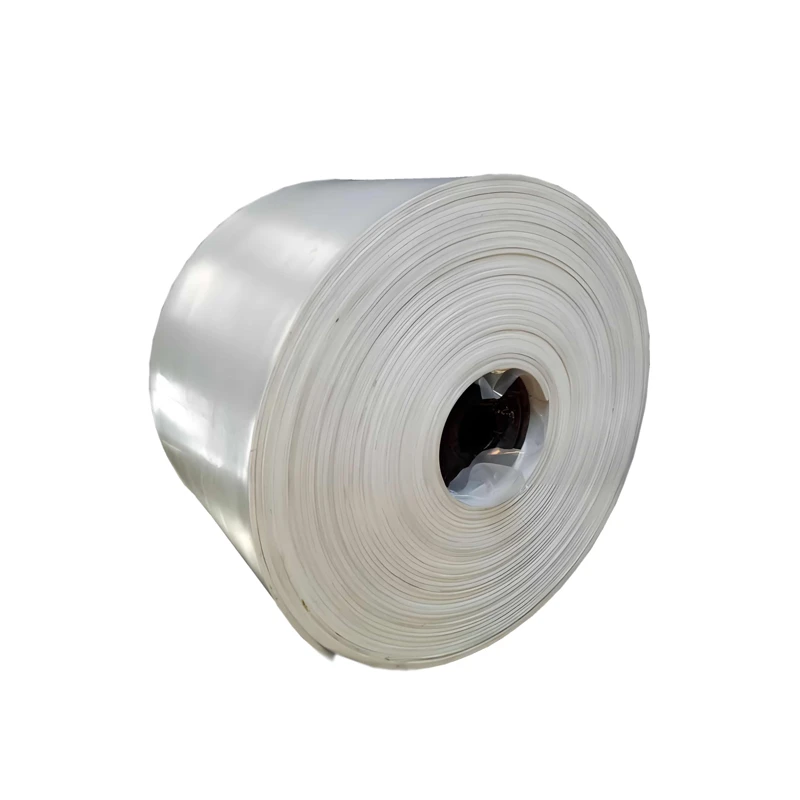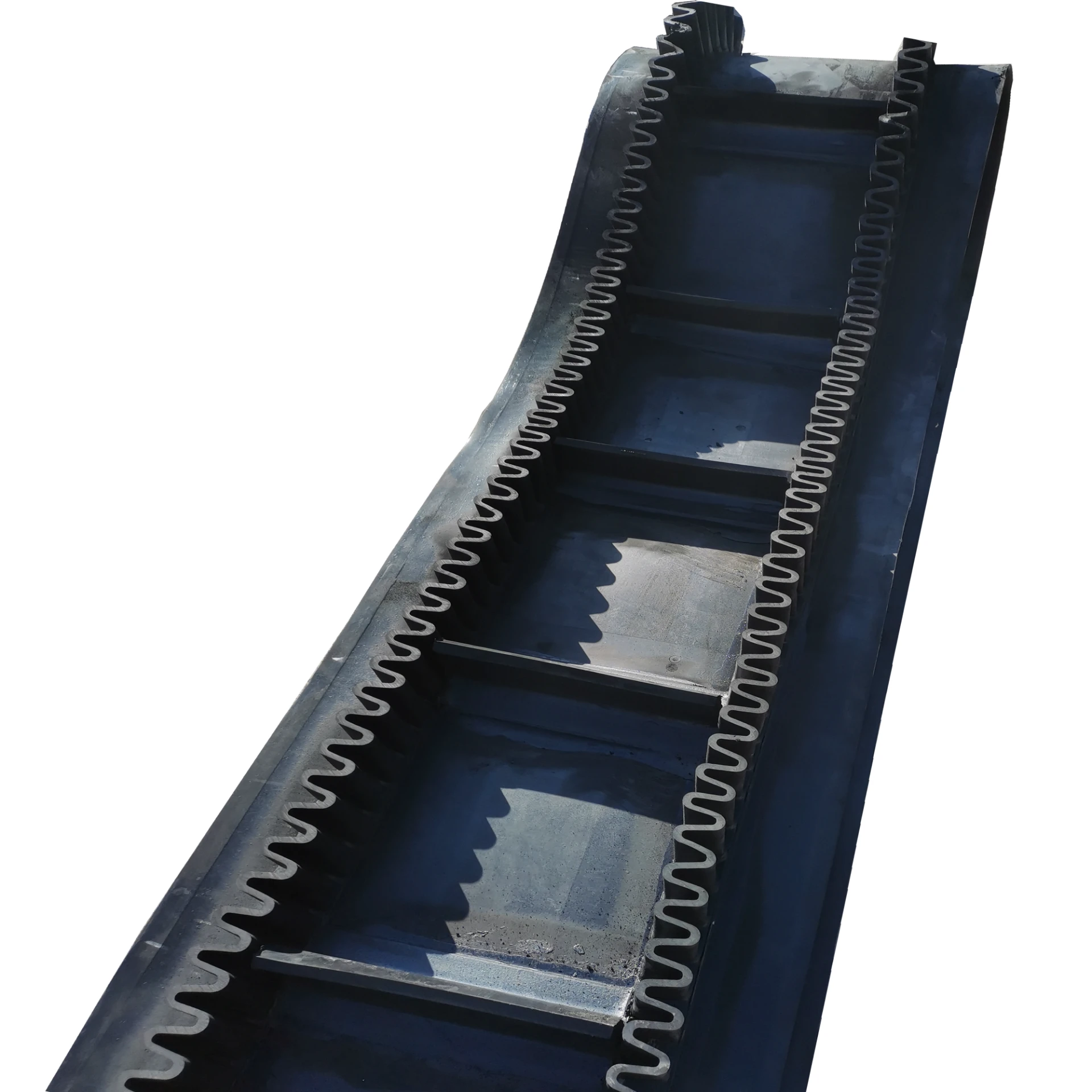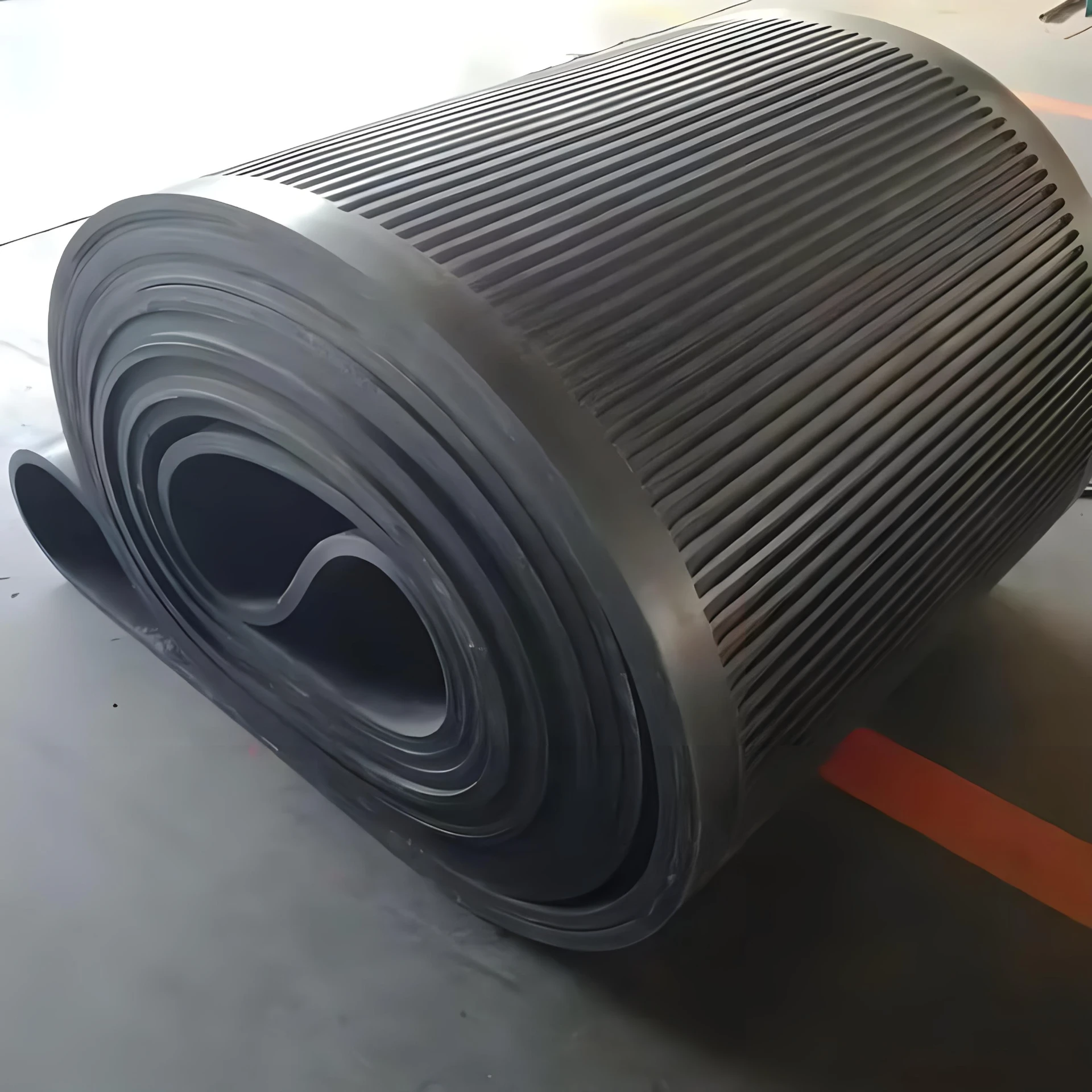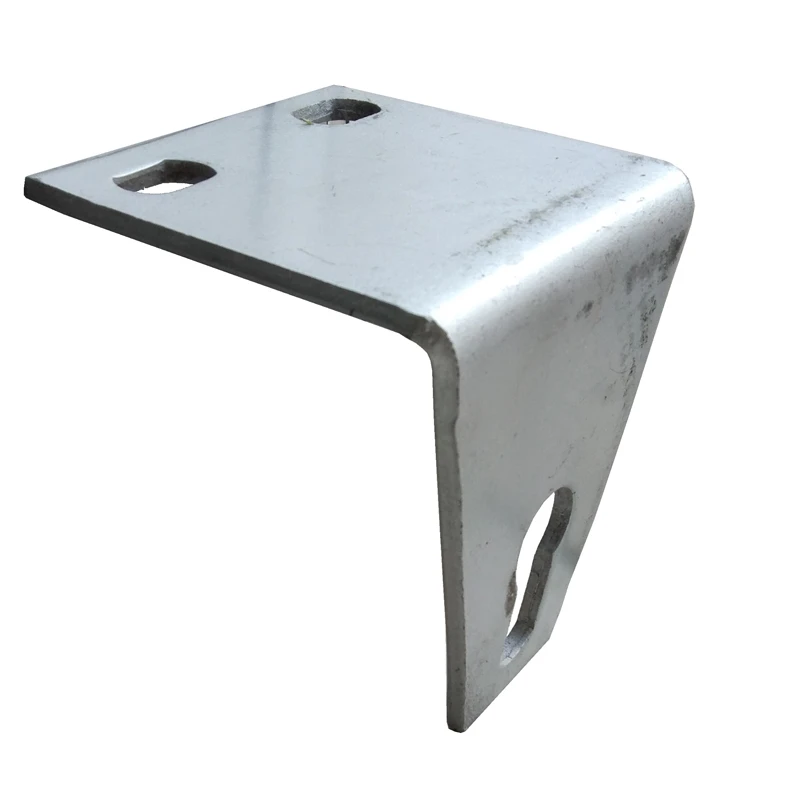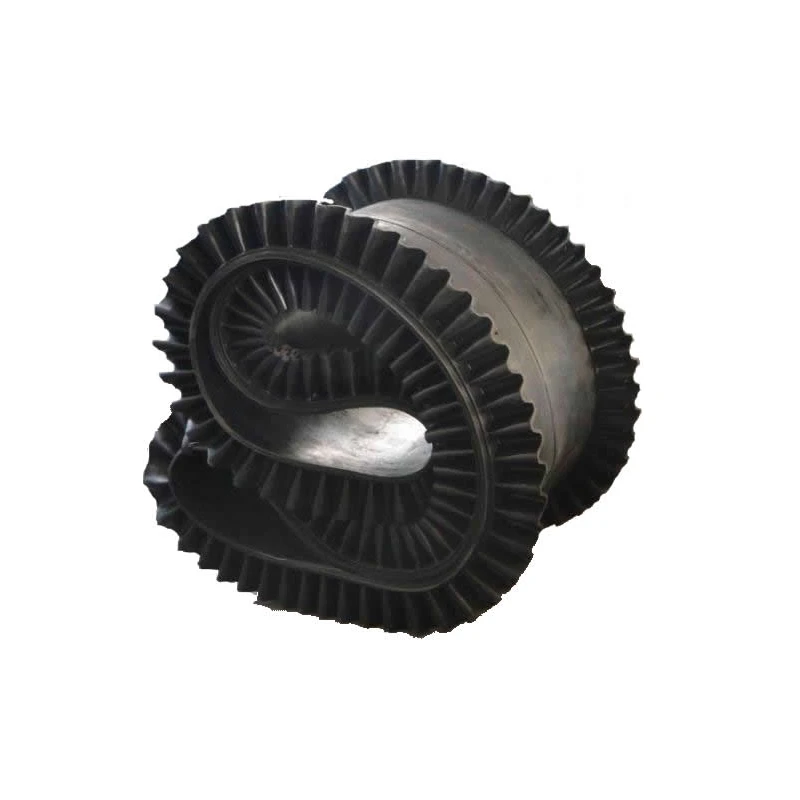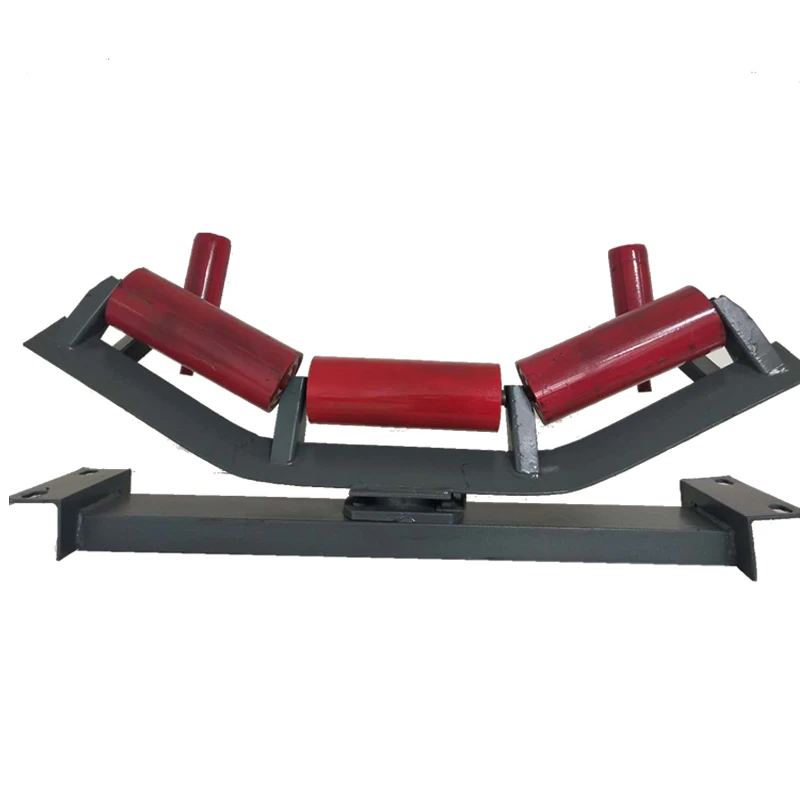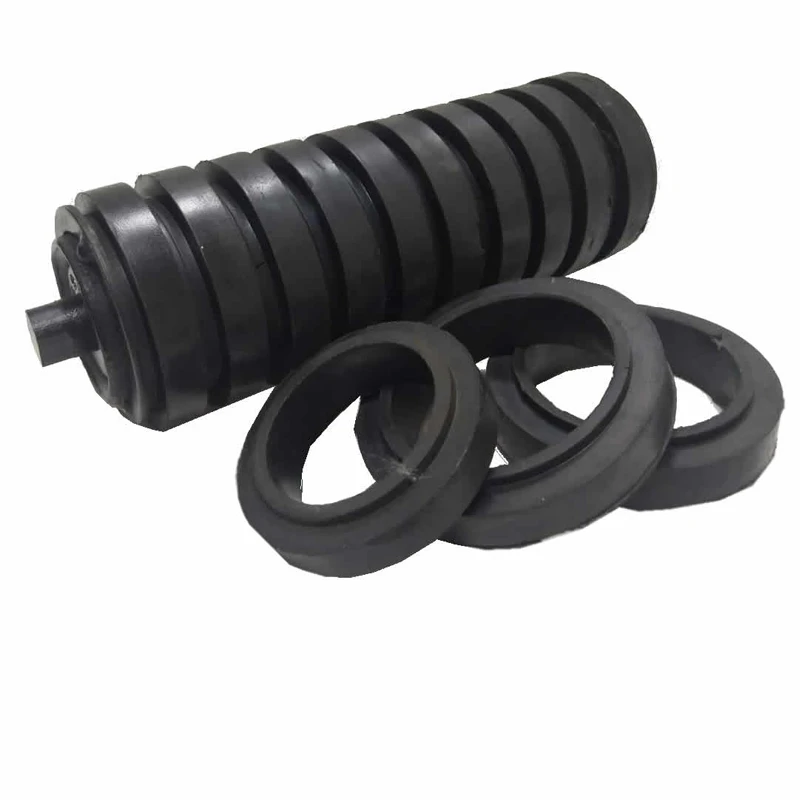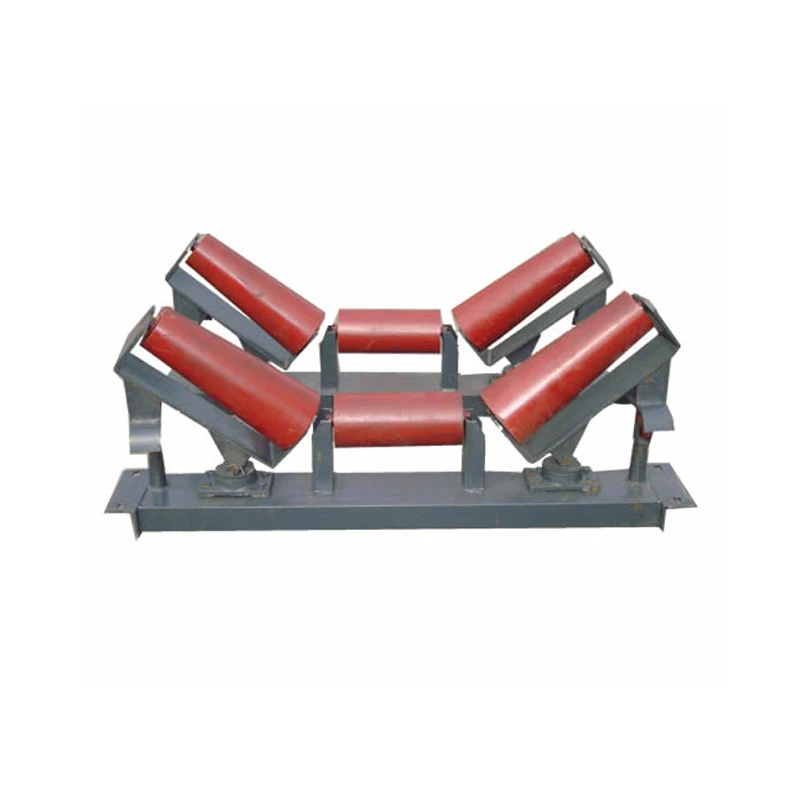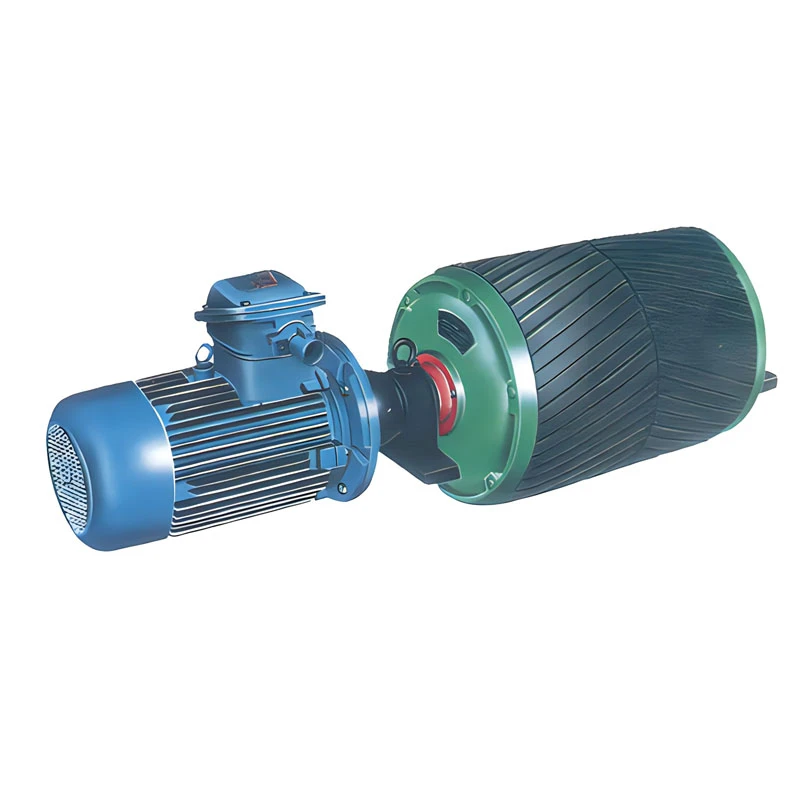The roller bracket plays a vital yet often overlooked role as a cornerstone in belt conveyor systems, supporting rollers and ensuring efficient, smooth, and safe material transport. Especially in harsh mining and heavy industry environments, the rise of advanced variants such as the stainless steel roller bracket has marked a leap in durability, precision, and cost-effectiveness.
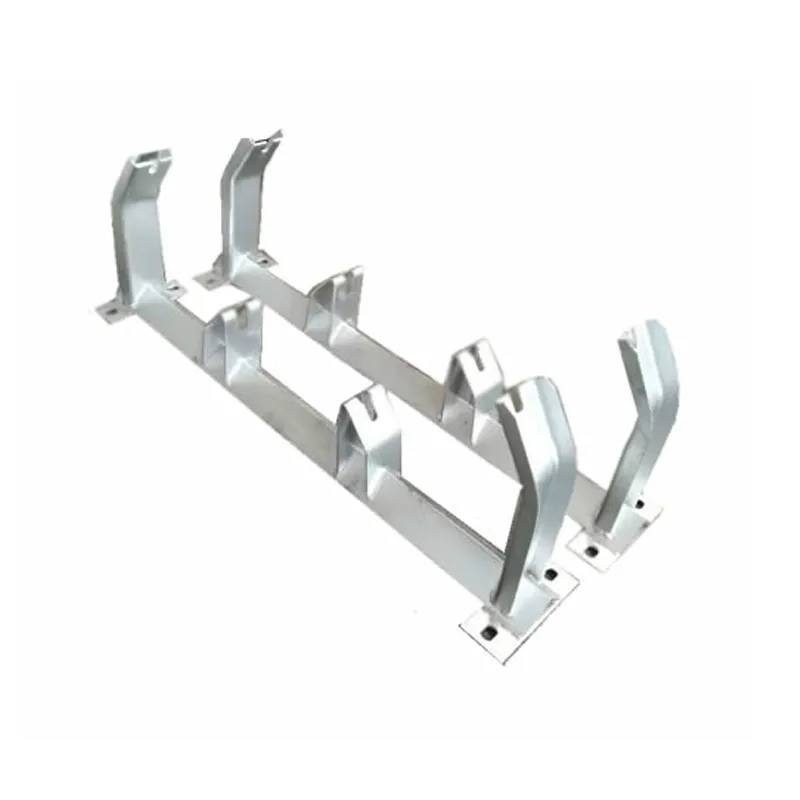
This article presents a comprehensive analysis of roller bracket evolution—covering structure, specifications, manufacturing, and performance—with a focus on the Stainless Steel Mining Roller Bracket. We compare industry benchmarks, outline engineering standards (ISO, ANSI), and explore real-world application scenarios, equipping professionals for informed selection, sourcing, or custom design.
1. Industry Trends: Evolution of Roller Bracket Technology
- Material Innovation: Traditional carbon steel brackets are now rivaled by stainless steel, galvanized, and high-strength polymer options—driven by demands for corrosion resistance and environmental longevity.
- Modular Design: Shift toward customizable and modular roller bracket solutions for retrofitting, rapid installation, and complex mine layouts (Source: Steel and Mining Tech Journal, 2023).
- Precision Engineering: Increased adoption of CNC machining and tighter ISO 9001 compliance, resulting in improved bracket flatness (within 0.5mm/m), tolerance (±0.2mm), and surface finish (Ra ≤ 1.6μm).
- Lifecycle Value: Life-cycle service cost is prioritized, with stainless steel options exceeding 10 years in outdoor/underground environments (data: Global Conveyor Industry Report 2022).
These trends reflect a market CAGR of 5.2% (2021–2026) and a shift in preference toward roller and bracket assemblies that offer enhanced energy savings, ease of maintenance, and lower long-term operational risk.
2. Key Parameters: Roller Bracket Industry Comparison Table
| Type | Material | Load Capacity (kg) | Corrosion Resistance | Manufacturing Process | Common Standard | Typical Application | Service Life (years) |
|---|---|---|---|---|---|---|---|
| Standard Roller Bracket | Q235 Carbon Steel | 180–600 | Low | Welding, Machining | GB/T 10595 | General industry | 3–5 |
| Stainless Steel Roller Bracket | SS304/SS316 | 250–980 | High | Casting, CNC, Laser Cutting | ISO 9001/ANSI B46.1 | Mining, Petrochemical | 10–15 |
| Keel Roller Bracket | Galvanized Steel | 150–370 | Medium | Stamping, Welding | DIN 22107 | Coal Handling | 5–7 |
| Polymer Bracket | Reinforced Nylon | 90–230 | Very High | Injection Molding | ISO 178 | Food, Fertilizer | 6–10 |
3. Stainless Steel Mining Roller Bracket: Specification & Performance Visualization
Click here for full technical sheet.
4. Roller Bracket Manufacturing Process: Step-by-Step with Key Nodes
AISI 304/316 Certified
Laser / Plasma
Drilling, Milling, Tolerances ±0.2mm
Press Bending / Welding
Pickling / Passivation
ISO/ANSI, Load & Corros. Test
Customized / Standard
- Material Standards: Raw stainless certified to ASTM A240, fully traceable batches.
- Inspection: 100% dimensional check; corrosion resistance test as per ISO 9227/NSS; weld X-ray for critical loads.
- Quality Control: Operator signature card at critical process nodes; random third-party sample approval (e.g., SGS/BV).
- Corrosion Resistance: Up to 1000h in salt fog—superior to galvanized models (by 4–5x, ISO 9227).
- Precision Tolerances: Flatness ≤ 0.5mm/m, hole tolerance ±0.2mm, surface Ra ≤ 1.6μm (critical for aligning roller and bracket assemblies).
- Weld Integrity: Advanced TIG/MIG processes; passed Level 2 radiographic testing (per AWS D1.1/DIN EN ISO 5817).
- Customizable Geometry: Slot, angle, and length tailored for site specifics (e.g., S, U, L, or keel roller bracket shapes).
- Heavy Load Capacity: Designed loads up to 980kg (static); dynamic cyclic 1.2 million cycles at 2.1x nominal load (IEC 61131).
5. Applications & Case Studies: Where Roller Bracket Shines
- Mining Conveyors: Used in iron ore, gold, and rare earth mines; outdoor belts with length >500m, requiring anti-corrosive, long-lifetime supports.
- Petrochemical: For transfer lines subjected to acid, alkali, salt vapor—ensuring bracket integrity, minimized downtime.
- Metallurgy: Blast furnace feed, coking plant conveying, sintering lines—need precise alignment (keel roller bracket), robust vibration resistance.
- Water Treatment: Material handling of lime, dewatered sludge—non-contaminating, maintenance-free operation.
- Power Plants: Coal & fly ash belt conveyors in humid settings, where galvanized simply fails post 3–4 years.
- Challenge: Existing painted CS brackets failed after 3 years (corrosion, misalignment), causing conveyor stoppages averaging 11 hrs/yr and $25,000 annual loss.
- Solution: Replaced with Stainless Steel Mining Roller Bracket (supplied by HG Conveyor), type: U-shape, SS304, CNC-machined, passivated surface, fully ISO 9001 certified.
- Result: After 2 years in operation: 0 unplanned failures, downtime reduction by 87%, surface rust-free, ROI achieved within 13 months.
- Customer Review (translated): "Their roller brackets outperform OEM standards—installation fit is perfect, and after 2 years in salt fog area, there is no visible corrosion."
6. Manufacturer Comparison: Choosing the Right Roller Bracket Partner
| Manufacturer | Product Range | Certifications | Lead Time | Custom Capability | Typical Customers | Warranty |
|---|---|---|---|---|---|---|
| HG Conveyor Belt Co., Ltd | SS304/316, Carbon, Keel, Polymer Brackets | ISO 9001, SGS, CE | 2–4 weeks | OEM/ODM, Drawing or Sample | Rio Tinto, Baosteel, Sinopec | 36 mo. |
| BearingTech Ltd. | Galvanized, Carbon Steel Only | EN10204 | 4–8 weeks | No (Standard Only) | Energy / Construction | 12 mo. |
| Global Idler Systems | Mix, Limited SS | ISO 9001 | 3–7 weeks | Partial (Min.10 pcs) | Mining/Energy | 18 mo. |
7. Custom Solutions: From Drawing to Delivery
Whether you require a custom roller and bracket for extreme corrosion, oversized loads, or compact conveyor layouts, modern manufacturers provide robust ODM/OEM solutions:
- Engineering support from concept, 3D CAD/solid modelling, and FEM analysis.
- Rapid prototyping within 1-2 weeks (sample delivery policy).
- Batch production with full traceability (material, process logs, inspection records; ISO 9001).
- Technical documentation supplied: assembly drawings, installation guidelines, and test certificates.
- Comprehensive after-sales—including remote troubleshooting and annual site inspection programs.
8. FAQ & Professional FAQ – Roller Bracket Domain
9. Certified Quality & Customer Commitment: Why Leading Industries Choose Us
- Over 15 years of industry experience furnishing stainless steel roller bracket solutions worldwide.
- ISO 9001 and SGS certified; compliance with EN/DIN, ANSI, and IEC standards.
- Cooperation with global mining, energy, and construction giants, including Rio Tinto, Sinopec, and Baosteel.
- Technical support from pre-sales engineering to post-install quality assurance.
- Prompt response (within 6h) and flexible logistics to over 40 countries.

